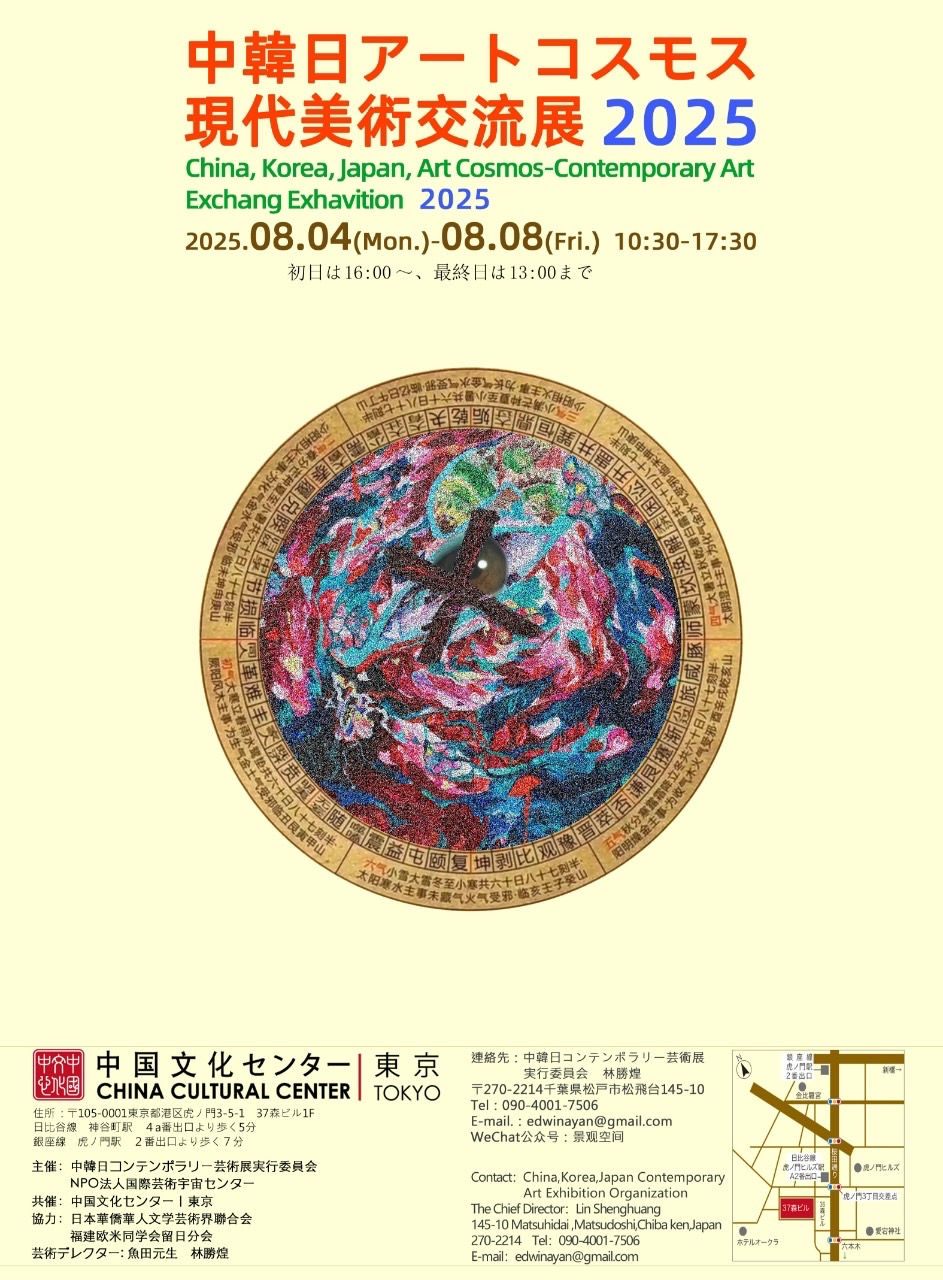R/Evolution 3D Exhibition
- aomikikuchi

- Nov 12, 2022
- 3 min read
Updated: Dec 9, 2022


Textile artist, the artworks of Aomi Kikuchi can be considered real sculptures of cotton fibers; and the white that characterizes her works seems to refer to the marble to be sculpted.
Her textile sculptures also have further meanings, on the one hand the artist wants to support the environment through the use of eco-sustainable materials, on the other hand there is a reference to equality.
The ivory white of her sculptures, in fact, refers to the color of our bones: white bones that, regardless of the color of the skin, unite us all.
In this way Aomi supports and shows us that we are all the same regardless of external differences.
The study on suffering that led the artist to create a series of works on this theme is interesting.
In “Suffering being born 1”, for example, the subject of the artwork is a newborn made of wool fibers; here Aomi investigates the very beginning of human suffering: that is, birth.
Being born gives way to a succession of sufferings such as illness and aging, daily adversities, relationships that have ended badly, but behind this message there is actually a more subtle communication: it is true that living means having to bear the pain, but we can change the way we think and approach so as to soothe and make suffering lighter.
Beatrice Cordaro
Art historian
Artista tessile, le opere di Aomi Kikuchi possono essere considerate delle vere e proprie sculture di fibre di cotone; d’altronde il bianco che le caratterizza sembra rimandare proprio al marmo da scolpire.
Le sue sculture tessili hanno inoltre ulteriori significati, da un lato l’artista vuole sostenere l’ambiente attraverso l’impiego di materiali ecosostenibili, dall’alto lato – invece – vi è un riferimento all’uguaglianza.
Il bianco avorio delle sue sculture, infatti, rimanda al colore delle nostre ossa: ossa bianche che, indipendentemente dal colore della pelle, ci accomunano tutti.
In questo modo Aomi sostiene e ci dimostra che siamo tutti uguali indipendentemente dalle differenze esteriori.
È interessante lo studio sulla sofferenza che ha portato l’artista alla realizzazione di una serie di opere aventi questa tematica.
In “Suffering being born 1”, ad esempio, soggetto dell’opera è un neonato realizzato in fibre di lana; qui Aomi indaga proprio l’inizio della sofferenza dell’uomo: ovvero la nascita.
Nascendo si da il via ad un susseguirsi di sofferenze come la malattia e l’invecchiamento, le avversità del quotidiano, le relazioni finite male, ma dietro a questo messaggio vi è in realtà una comunicazione più sottile: è vero che vivere significa dover sopportare il dolore, ma possiamo modificare il nostro modo di pensare e di approcciarci alla così da lenire e rendere più leggere le sofferenze.
Beatrice Cordaro
Storico dell’arte
My response to R/Evolution
In art history, marble has been a representative sculptural material. With the birth of the concept of soft sculpture, various materials have been incorporated into sculpture. As an artist who mainly uses textiles, I first tried using cotton fiber as a sculpting material. And from this year, I started making sculptures using wool fiber. The milky white color of raw wool resembles the color of marble sculpture. The texture is warmer than marble, and I think it is more suitable for sculpting creatures than marble. I have been working on dyeing for many years, but when I think about the global environment, I want to use materials that are as environmentally friendly as possible, so I use undyed wool. This color is also the color of our bones, and is also a symbol of my belief that if we remove the skin and muscles, we are all the same ivory bones. Also, cotton production requires a lot of water, but shearing sheep is necessary for their health, so I used sheep fiber.



Comments